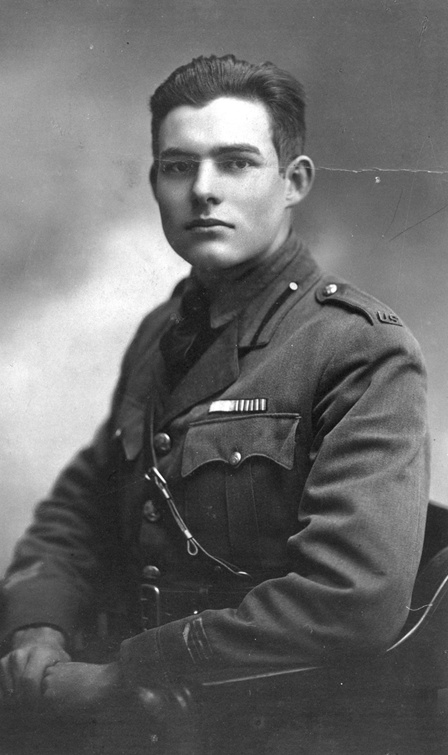La “Partita Hemingway”: Hemingway e l’editoria italiana dal dopoguerra a oggi
DOI:
https://doi.org/10.13133/2532-1994_3.6_2019Abstract
During the Second World War, American literature in Italy became a cultural myth. Ernest Hemingway found himself at the core of such an ambivalent and contradictory myth: his books were a forbidden, subversive pleasure, something to be held secretly against the bans of the fascist regime. Hemingway’s works (and his own life) acquired a peculiar meaning for writers of the Left such as Elio Vittorini and Cesare Pavese, for politically engaged critics, as well as for the Italian publishing industry, which aimed at owning and controlling (and of course selling) his books. The history of the two most important Italian publishing houses of the period, Einaudi and Mondadori, is indissolubly intertwined with the reception of Hemingway’s works: it is not possible to trace the one without evoking the other. In the second half of the 1940s, Arnoldo Mondadori and Giulio Einaudi were opponents in what Einaudi himself defined the “Hemingway match”, a duel that neither of the two publishers was willing to lose for any reason. By using documentary sources, biographical works, as well as books tracing the history of the two publishing houses, this essay will recapitulate some salient steps of the critical reception of Hemingway’s works in Italy from the postwar period to the present day.
References
Albonetti, P. (a cura di), Non c’è tutto nei romanzi. Leggere romanzi stranieri in una casa editrice negli anni ’30, Milano: Fondazione Arnoldo e Alberto Mondadori, 1994.
Briasco, L. Retoriche del conflitto. Identità, amore e guerra in A Farewell to Arms di Ernest Hemingway, Roma: Lozzi & Rossi, 2001.
Calvino, I. Lettere 1940-1985, Milano: “I Meridiani” Mondadori, 2000.
Cecchi, E. “Introduzione all’edizione del 1942”, in E. Vittorini, Americana, Milano: Bompiani, 1999.
Cirino, M. e Ott, M. P. (a cura di),Hemingway and Italy: Twenty-First Century Perspectives, Gainesville: University Press of Florida, 2017.
Decleva, E. Arnoldo Mondadori, Torino: UTET, 2007.
Di Robilant, A. Autunno a Venezia. Hemingway e l’ultima musa, Milano: Corbaccio 2018.
Fernandez, D.Il mito dell’America negli intellettuali italiani, Caltanissetta-Roma: Salvatore Sciascia Editore, 1969.
Hemingway, E. By-Line. Dal nostro inviato Ernest Hemingway, Milano: Mondadori 1977 (1967).
-------. E. The Letters of Ernest Hemingway, vol. 1, 1907-1922, a cura di S. Spanier e R. W. Trogdon, Cambridge: Cambridge University Press, 2011.
“Hemingway è di nuovo in Italia”,Corriere d’Informazione, 2-3 ottobre 1948.
La Mendola, V. “‘Crazy for you’: Hemingway e Mondadori”. Q.B. on line, no.14 (marzo 2015). http://www.fondazionemondadori.it/qb/index.php?issue_id=53
Mangoni, L. Pensare i libri. La casa editrice Einaudi dagli anni trenta agli anni sessanta, Torino: Bollati Boringhieri, 1999.
Munari, T. L'Einaudi in Europa, Torino: Einaudi, 2016.
Owen, R. Hemingway e l'Italia. Trad. di Daniela De Lorenzo. Roma: Donzelli, 2017.
Polonio. “Lunario delle lettere”. Corriere d’Informazione, 17-18 novembre 1948.
Pozzi, P. A. “AMEG II. Ad Maiorem Ernesti Gloriam, II”. Blog online: Ernest Hemingway. Il volo della pispola. https://ilvolodellapispola.wordpress.com/2018/04/28/ernest-hemingway-7/
Vittorini, E. Americana, Milano: Bompiani, 1999 (1942).
Downloads
Published
How to Cite
Issue
Section
License

Except where otherwise noted, the content of this site is licensed under a Creative Commons Attribution 3.0 Unported License.


